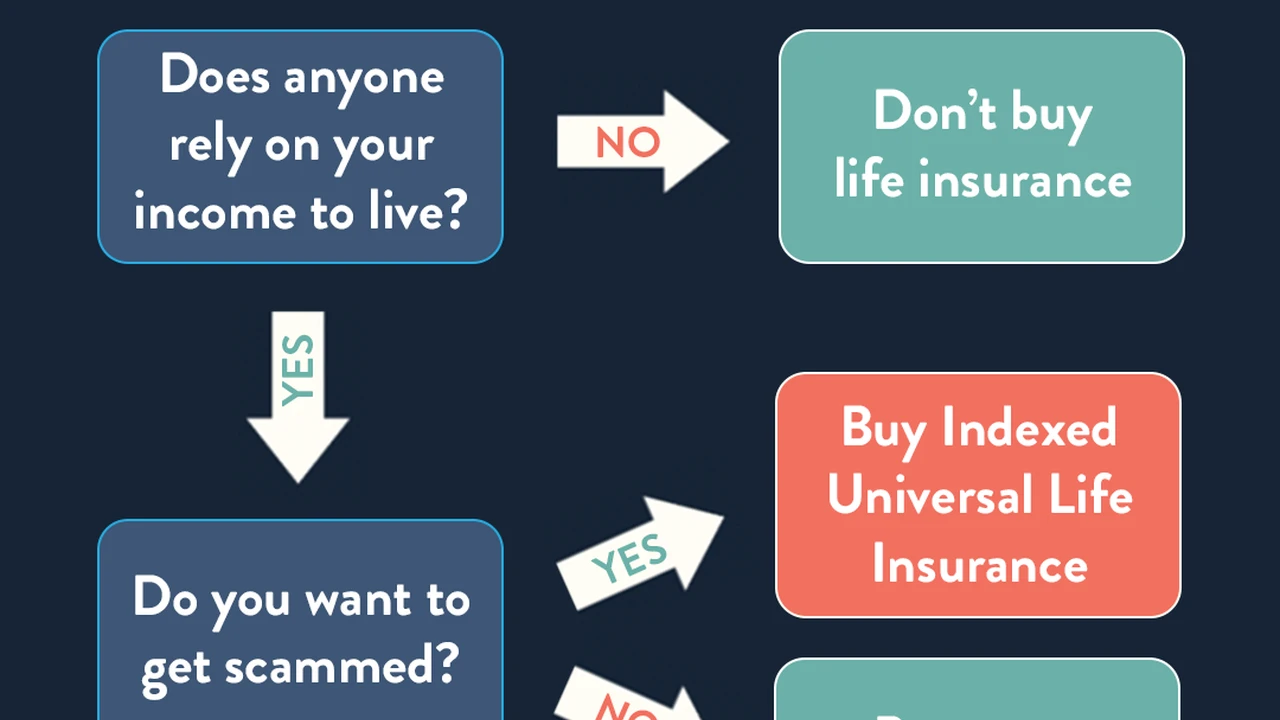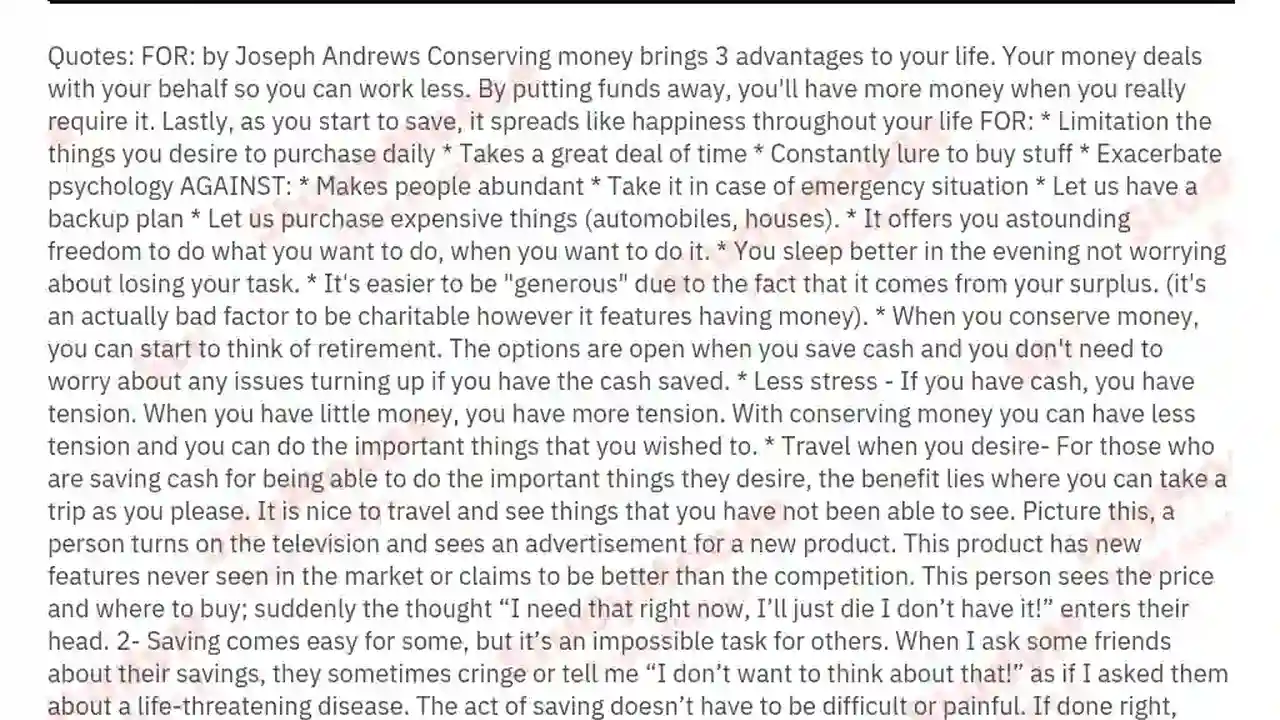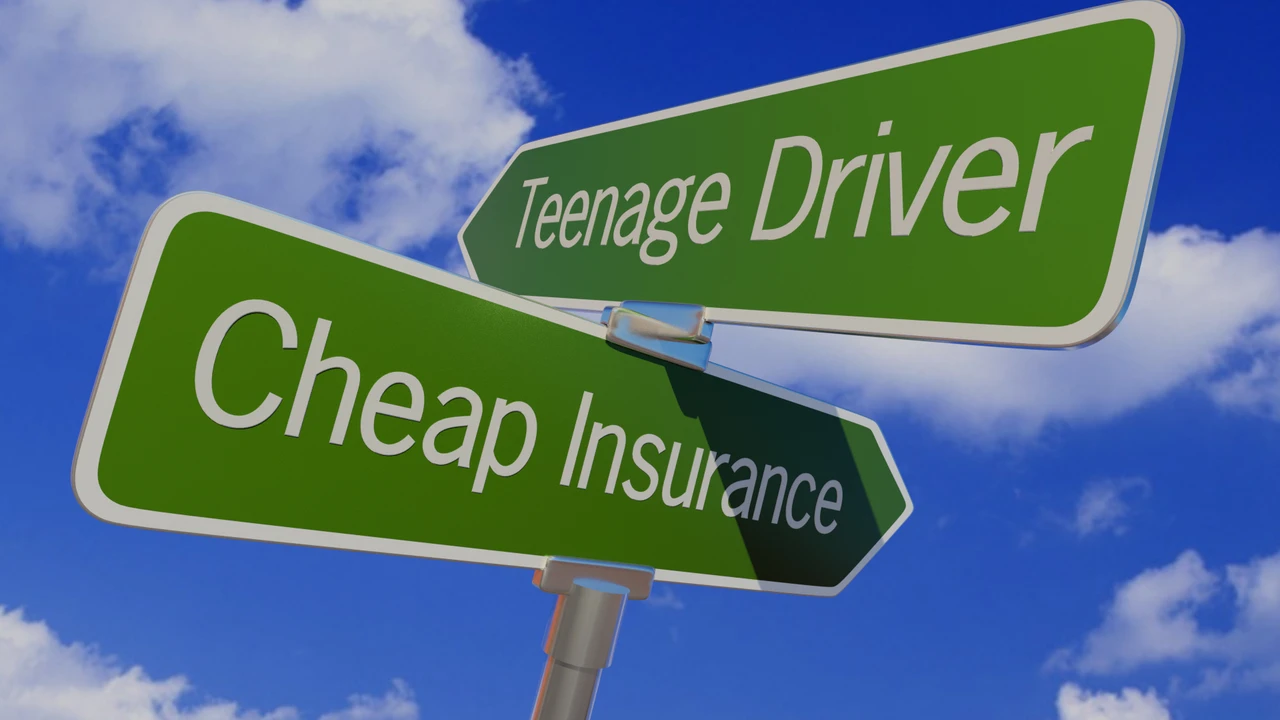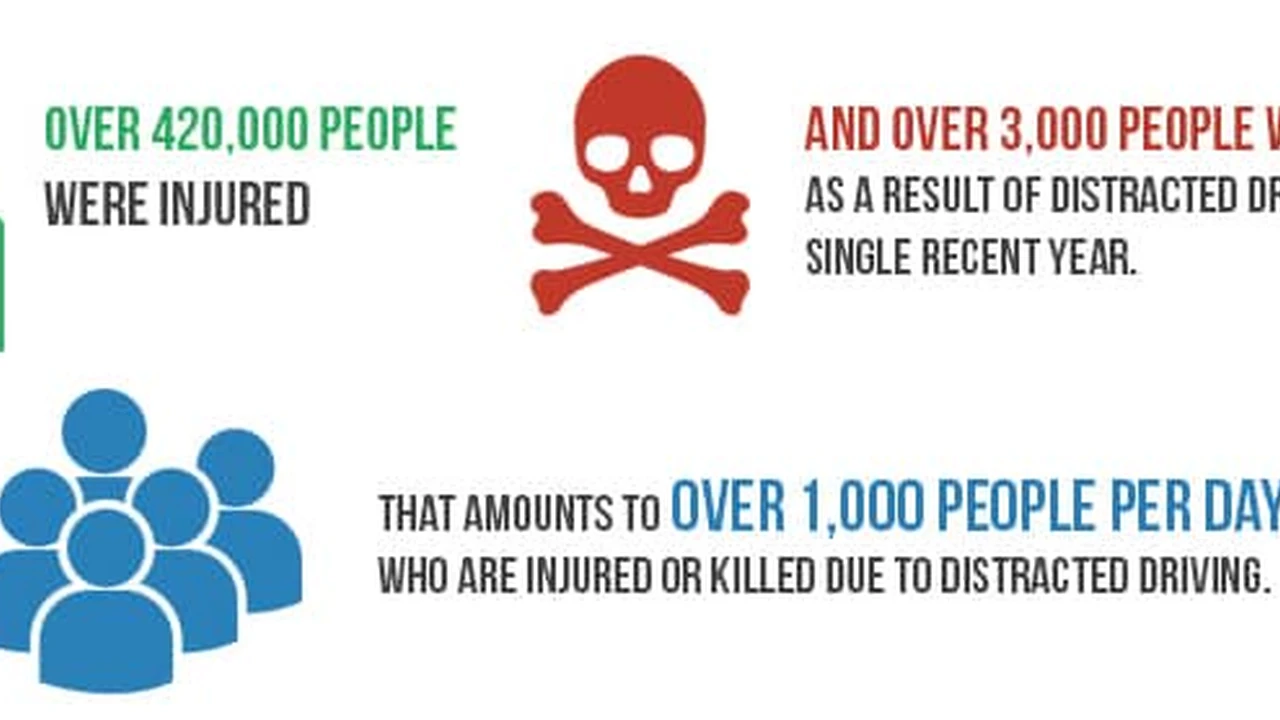10 Proven Ways to Save on Teen Driver Insurance
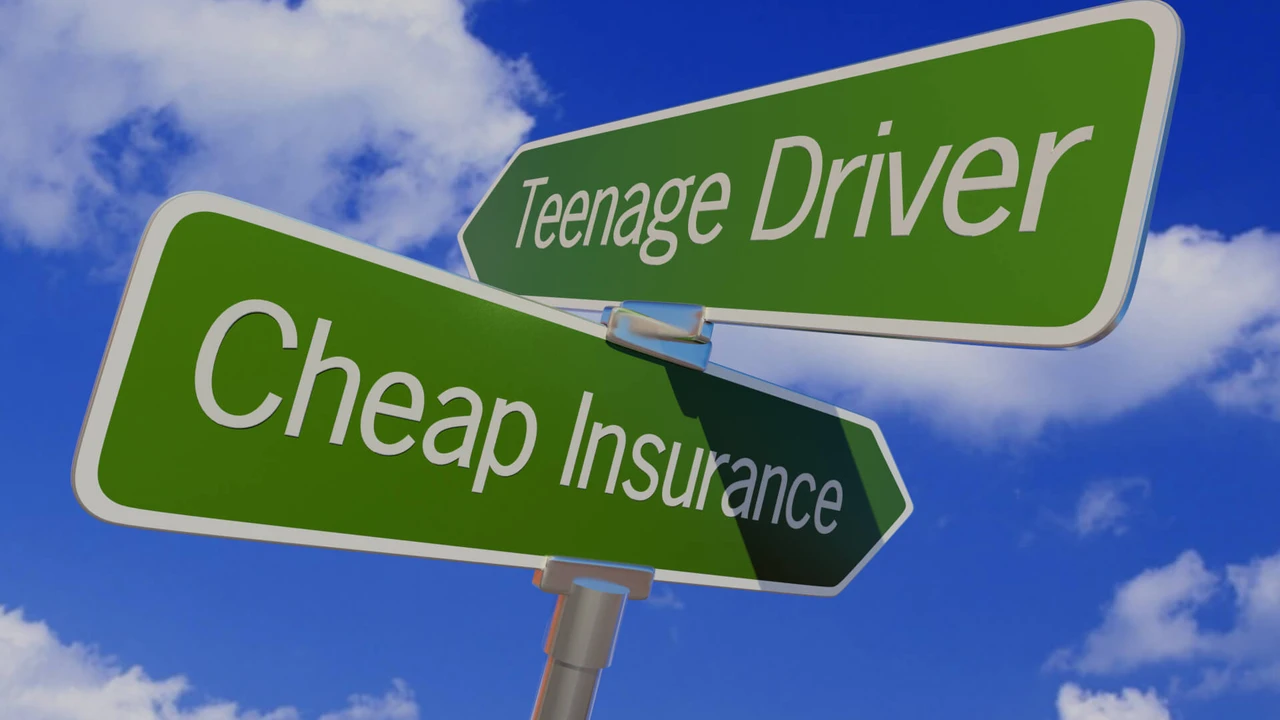
Understanding Teen Driver Insurance Rates and Why They're So High
Alright, let's be real. Teen driver insurance? It's expensive. Like, *really* expensive. Why? Statistically, young, inexperienced drivers are more likely to be involved in accidents. Insurance companies aren't trying to be mean (okay, maybe a little), they're just covering their risk. Think about it: New drivers are still learning the ropes, they might be more prone to distractions (hello, smartphones!), and they just haven't developed the same reflexes and judgment as more seasoned drivers. This all translates to higher premiums. But don't despair! There are definitely things you can do to bring those costs down. We're going to dive into ten proven strategies, but first, let's break down some of the factors that influence those sky-high rates.
Factors that impact teen driver insurance rates include:
- Age and Experience: The younger the driver and the less experience they have, the higher the rate. It's just the cold, hard truth.
- Driving Record: Any tickets or accidents? Prepare for your rates to jump. A clean driving record is golden.
- Type of Vehicle: A sporty car? Expensive to insure. A sensible sedan? Much better. Insurance companies consider the cost of repairs and the likelihood of theft.
- Location: Living in a densely populated area with high traffic? Rates will be higher than in a rural area. City driving is just riskier.
- Coverage Levels: The more coverage you have (higher liability limits, comprehensive and collision coverage), the more you'll pay.
- Deductible: A higher deductible (the amount you pay out-of-pocket before insurance kicks in) will lower your premium, but you need to be prepared to pay that amount if you have an accident.
- Insurance Company: Different companies offer different rates. Shopping around is essential!
Strategy 1 Get Good Grades and Unlock Student Discounts
This is a big one! Many insurance companies offer significant discounts to students who maintain a good GPA (usually a B average or better). Why? Because studies show that students who are responsible in school are also more likely to be responsible drivers. It's a win-win! Encourage your teen to focus on their studies, and you'll be rewarded with lower insurance premiums. Make sure to specifically ask your insurance agent about "Good Student Discounts" and what documentation they require (report cards, transcripts, etc.). The savings can be substantial, often 10-25%.
Strategy 2 Enroll in a Driver's Education Course and Sharpen Driving Skills
Driver's ed isn't just about learning the rules of the road; it can also save you money. Many insurance companies offer discounts to teens who complete a state-approved driver's education course. These courses help new drivers develop safe driving habits and reduce their risk of accidents. Plus, some courses even offer hands-on training that goes beyond the basics. Look for courses that include defensive driving techniques and hazard awareness training. The investment in driver's ed can pay off big time in the long run, both in terms of safety and savings.
Strategy 3 Add Your Teen to Your Existing Policy for Multi Car Savings
Adding your teen to your existing family car insurance policy is almost always cheaper than getting them their own separate policy. Insurance companies offer multi-car discounts because they assume that families with multiple cars are generally more responsible and less likely to file claims. This is a no-brainer! Plus, you can often bundle your home and auto insurance with the same company for even more savings. Talk to your insurance agent about the best way to add your teen to your policy and maximize your discounts.
Strategy 4 Choose a Safe and Sensible Vehicle for Lower Insurance Costs
The type of car your teen drives has a huge impact on insurance rates. Avoid sporty cars, SUVs, and trucks, as these are generally more expensive to insure. Opt for a safe, reliable sedan with good safety ratings. Look for features like anti-lock brakes, electronic stability control, and airbags. Also, consider the car's repair costs and theft rate. A car that is easy to steal or expensive to repair will result in higher insurance premiums. Think Honda Civic, Toyota Corolla, or Subaru Impreza. These are all great options for teen drivers that are safe, reliable, and relatively inexpensive to insure.
Strategy 5 Increase Your Deductible for Significant Premium Reduction
Your deductible is the amount you pay out-of-pocket before your insurance kicks in. Increasing your deductible can significantly lower your insurance premiums. However, you need to be prepared to pay that higher deductible if you have an accident. Think carefully about how much you can realistically afford to pay out-of-pocket before making this decision. For example, if you currently have a $500 deductible, consider increasing it to $1000 or even $2000. This can save you hundreds of dollars per year on your insurance premiums.
Strategy 6 Shop Around and Compare Quotes from Multiple Insurance Companies
This is perhaps the most important tip of all! Don't just stick with the first insurance company you find. Shop around and compare quotes from multiple companies to find the best rates. Get quotes online, talk to independent insurance agents, and compare the different coverage options. Remember, prices can vary significantly from one company to another, so it pays to do your research. Websites like NerdWallet, The Zebra, and Compare.com are great resources for comparing insurance quotes.
Strategy 7 Take Advantage of Usage Based Insurance Programs for Personalized Rates
Many insurance companies now offer usage-based insurance programs that track your driving habits and adjust your rates accordingly. These programs use a mobile app or a small device plugged into your car to monitor things like speed, braking, acceleration, and mileage. If your teen is a safe driver, they can earn significant discounts through these programs. However, if they have risky driving habits, their rates could actually increase. Examples of these programs include:
- Progressive Snapshot: Tracks driving habits and offers discounts for safe driving.
- Allstate Drivewise: Similar to Snapshot, tracks driving habits and offers rewards for safe driving.
- State Farm Drive Safe & Save: Offers discounts based on driving behavior and mileage.
Carefully consider whether a usage-based insurance program is right for your teen before enrolling. If they are confident in their driving skills, it could be a great way to save money. But if they are prone to risky behavior, it's probably best to avoid it.
Strategy 8 Consider a Telematics Device for Real Time Driving Monitoring and Feedback
Similar to usage-based insurance, telematics devices offer real-time monitoring of your teen's driving habits. However, unlike insurance programs, these devices are typically purchased independently and don't directly affect insurance rates. Instead, they provide valuable feedback to help teens improve their driving skills and avoid accidents. Some popular telematics devices include:
- Bouncie: Offers real-time location tracking, speed alerts, and geofencing. Price: Around $70. Use Case: Parents can monitor their teen's driving habits and receive alerts if they exceed speed limits or enter restricted areas. Comparison: More affordable than some other options, but lacks some advanced features.
- Automatic Pro: Tracks mileage, fuel efficiency, and driving behavior. Price: Around $130. Use Case: Teens can use it to track their driving habits and identify areas for improvement. Comparison: Offers more features than Bouncie, but at a higher price point.
- Hum by Verizon: Offers real-time location tracking, emergency assistance, and vehicle diagnostics. Price: Around $15/month. Use Case: Provides comprehensive monitoring and safety features. Comparison: More expensive than other options, but offers a wider range of features.
When choosing a telematics device, consider your specific needs and budget. Look for features like real-time location tracking, speed alerts, geofencing, and driver behavior monitoring. Discuss the device's data with your teen regularly to help them improve their driving habits and stay safe on the road.
Strategy 9 Delay Getting a License and Maintain Learner's Permit Status
The longer your teen waits to get their driver's license, the lower their insurance rates will be. Insurance companies consider drivers with learner's permits less risky than licensed drivers. If your teen doesn't need to drive regularly, consider delaying getting their license until they are older and more experienced. This can save you a significant amount of money on insurance premiums. Plus, it gives them more time to practice their driving skills under supervision before hitting the road on their own.
Strategy 10 Emphasize Safe Driving Habits and Lead by Example
The best way to save on teen driver insurance is to emphasize safe driving habits and lead by example. Talk to your teen about the dangers of distracted driving, speeding, and driving under the influence. Set clear rules and expectations for their driving behavior. And most importantly, be a safe driver yourself. Your teen is more likely to adopt safe driving habits if they see you doing the same. Make sure they understand the importance of wearing seatbelts, avoiding distractions, and obeying traffic laws. By instilling good driving habits from the start, you can help them become safe and responsible drivers, and save money on insurance in the process.
:max_bytes(150000):strip_icc()/277019-baked-pork-chops-with-cream-of-mushroom-soup-DDMFS-beauty-4x3-BG-7505-5762b731cf30447d9cbbbbbf387beafa.jpg)



